Formula Sound FF2.2L Handleiding
Formula Sound
DJ Gear
FF2.2L
Bekijk gratis de handleiding van Formula Sound FF2.2L (8 pagina’s), behorend tot de categorie DJ Gear. Deze gids werd als nuttig beoordeeld door 28 mensen en kreeg gemiddeld 5.0 sterren uit 14.5 reviews. Heb je een vraag over Formula Sound FF2.2L of wil je andere gebruikers van dit product iets vragen? Stel een vraag
Pagina 1/8


Channel 3 and microphone Inputs
The channel 3 (CH3) input is on balanced twin 3 pole jacks, this input goes only to the ¼”
master via its volume control, the CH 3 input is given 6dB of gain.
When CH3 volume control is in middle position attenuates by 6dB so with CH3 volume
control in middle position the level sent to the master is the same as the level at the input, if a
higher signal is required the CH3 volume control only needs to be adjusted above mid.
Channel 3 has 2 bi- t is colour LED’s to indicate CH3 input level, left is Green/Yellow and righ
Yellow/Red.
When left green ashes slowly it indicates a signal of about -20dB and at -7dB it comes fully
on. When left yellow ashes it indicates a signal of -3dB and at +1dB it comes fully on.
When right yellow comes on it indicates +4dB and when right red comes on it indicates
+12dB or clip level.
There is a CUE button for CH3 allowing the user to monitor the signal pre volume control.
The microphone (MIC) input is on balanced XLR, there is a gain adjustment and phantom power
(18V) switch accessible through the base of the unit. The MIC also has a 2 band EQ accessible
through the base of the unit allowing MIC EQ to be set prior to use.
The MIC can be set to be in or out of the booth by another switch also accessible through the base
of the unit.
There is a volume control for the MIC input and a CUE button allowing the user to monitor the
signal pre volume control.
The MIC channel has 2 - s to indicate MIC input level, left is Green/Yellow and bi colour LED’
right is Yellow/Red.
When left green ashes slowly it indicates a signal of about -20dB and at -7dB it comes fully
on.
When left yellow ashes it indicates a signal of -3dB and at +1dB it comes fully on. When
right yellow comes on it indicates +4dB and when right red comes on it indicates +12dB or
clip level.
Headphones
The headphone output is on a 3 pole ¼” jack socket on the front vertical face of the FF2.2, the
output will drive headphones of greater than 32 ohms impedance.
The headphone controls include volume, CUE mix, split and pre/post EQ CUE selection. When
CUE is selected on one of the channels or MIC then that signal will be available at the headphone
control, note if multiple CUE buttons are pressed then there will be a mix of those signals selected.
3

Each channel has a line and a phono input on separate RCA connects with a switch to select
the required input. The line input has a gain trim accessible through the back panel.
The phono inputs have a capacitance selector accessible through the base of the unit that
allows one of 4 capacitances values to be selected to best match the deck cartridge
capacitance. To select the correct capacitance value take the cartridge recommended value
(usually a range) and subtract the capacitance of the phono leads (typically 50pF 100pF –
depending on length) and choose the nearest setting.
Choosing the optimum capacitance setting for your cartridge on phono will make the sound
reproduced from vinyl slightly more accurate to what was recorded, conversely the wrong
setting will produce a slightly less accurate reproduction, the dierence in settings is small.
Turntables can be susceptible to low frequency noise, this noise consists of two types, the
rst is a very low frequency rumble and the second is up to 100Hz. The FF2.2 has a rumble
lter to deal with very low frequency noise and a noise cancelling circuit to deal with noise up
to 120Hz on the phono input.
The rumble lter is activated by a switch accessible through the back panel, the rumble lter
starts to remove signals below 14Hz and removes most signal below 7Hz.
The FF2.2 has a phono noise cancelling feature that utilises the 120Hz bass EQ band of the
mixer, just above the FF2.2 bass control is a hidden switch accessible through the front panel
that allows the bass to be summed to mono.
Noise picked up on the needle arm of the turntable appears as a dierence signal on the
stereo left and right output, this noise is generally below 120Hz and by summing the Bass
stereo signal this left right dierence noise cancels thus removing it.
Audio in stereo below 150Hz contributes little if anything to the stereo image and often these
frequencies in mono are considered an improvement, sub bass being mono illustrates this
point.
The user can decide if they wish to have the noise cancelling eect of summing the bass with
a mono bass below 120Hz and set the switch on or have the bass in stereo and no noise
cancelling.
We suggest the user tries playing vinyl with and without the rumble lter and noise cancelling
to decide which sounds better. Generally the eect of both these circuits is small, the rumble
lter should have no detrimental eect if used even if no positive eect is detectable (if there
is little or no rumble you cannot remove it), the noise cancelling will be more detectable
although also small and it may be that the perceived improvement is from the mono bass as
much as any noise cancelling.
Gain and level
The signal level on each channel is set by a GAIN control with a range of +/- 12dB and a
linear channel fader to control the level sent to the output.
5
Product specificaties
| Merk: | Formula Sound |
| Categorie: | DJ Gear |
| Model: | FF2.2L |
Heb je hulp nodig?
Als je hulp nodig hebt met Formula Sound FF2.2L stel dan hieronder een vraag en andere gebruikers zullen je antwoorden
Handleiding DJ Gear Formula Sound
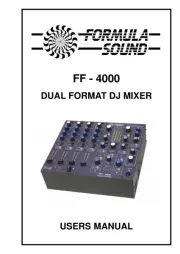
21 Juli 2025

30 April 2023
Handleiding DJ Gear
- Apart
- Vonyx
- Omnitronic
- GOgroove
- Technics
- Auna
- Pangea Audio
- Cheetah
- Miditech
- Sencor
- Ibiza Sound
- UDG Gear
- Pyle
- Fun Generation
- Tascam
Nieuwste handleidingen voor DJ Gear
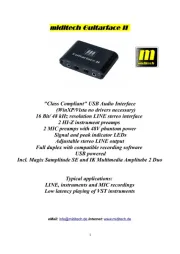
5 Augustus 2025
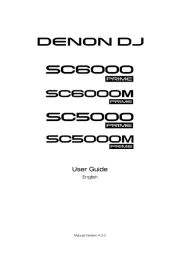
5 Augustus 2025
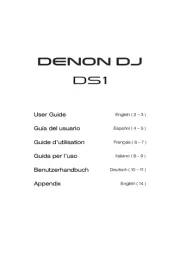
4 Augustus 2025
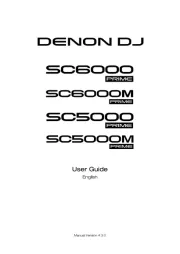
4 Augustus 2025
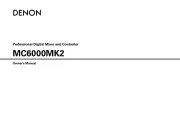
4 Augustus 2025
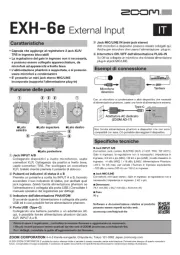
3 Augustus 2025

29 Juli 2025
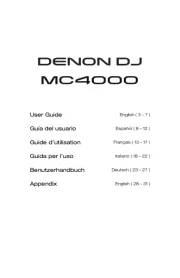
29 Juli 2025

29 Juli 2025

28 Juli 2025